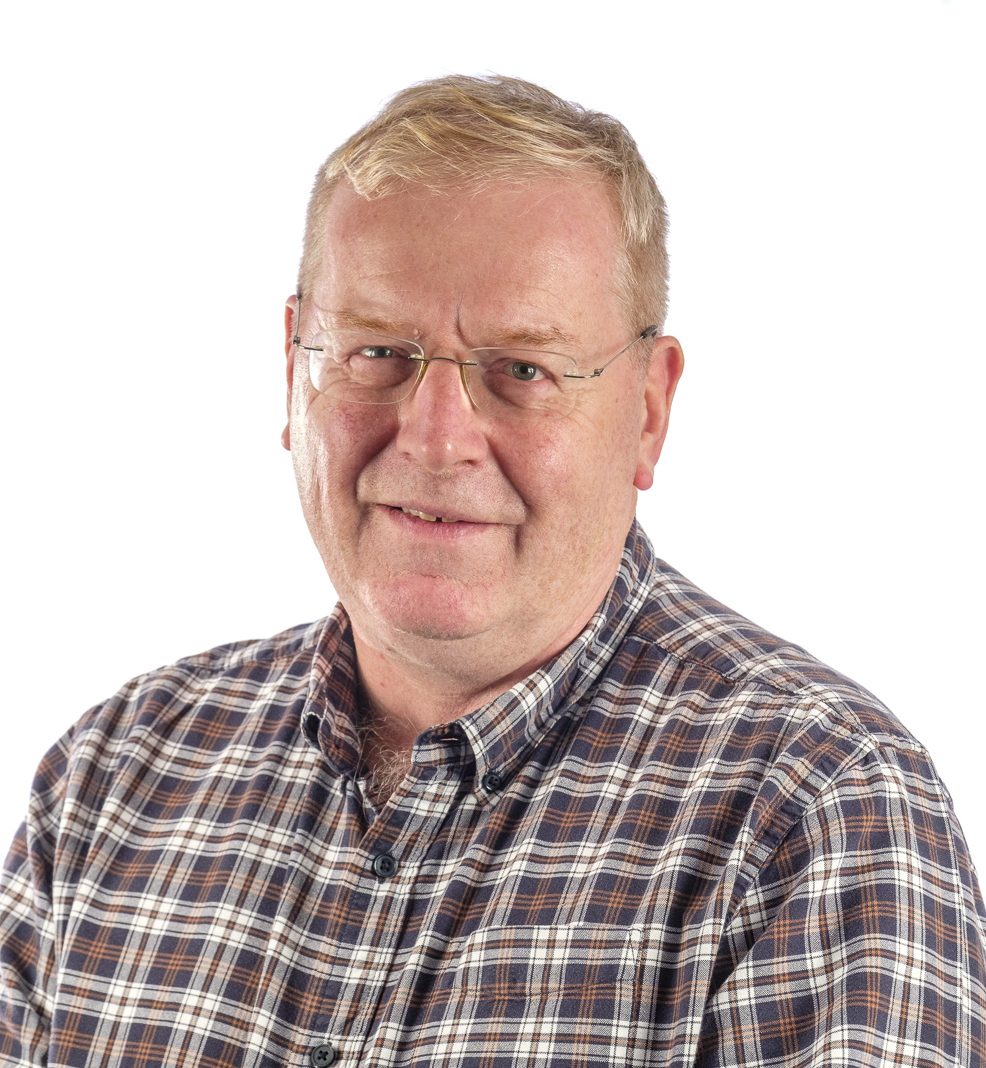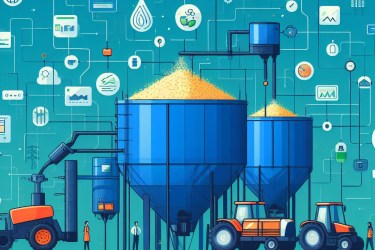By John Giles
This year has been characterised by a series of yet more supply chain shocks. The big fear for the agri-food supply chain is that this will all come to a crescendo just before Christmas and will round off what has been for some a turbulent 2021.
Are we right to be concerned about the month ahead? What do we see happening in the all important build-up to the Christmas period, when many food companies traditionally make as much money in this period as they do in the rest of the year, put together?
There are many things to consider of course, but some of the more pertinent ones seem to be:
- The issue of staff and labour – right across the supply chain, from on farm through to food processing, the onward distribution of products and then at the POS has been a major headache all year. Do we see a sudden influx of labour coming in to the supply chain over the next few weeks ? In short, no. It’s going to continue to be a busy, and at times stressful, time in the supply chain for those working in the build up to and over the holiday period.
- Energy costs – we have seen a tremendous spike in the cost of energy since the September/October period, but none of the fundamental causes of these increases have gone away and we will see these persist into the New Year.
- Trade friction – at the very start of the year, we reached a position with the rest of the EU that saw no tariffs and/or quotas on trade. The role of non – tariff barriers, though, has proven to be far more of an issue for UK companies and it might be several years before this is all ironed out.
- Disruption to supplies – we will see food shortages, but this will be quite short lived in most instances. Food shortages imply empty shelves for prolonged periods of time. We won’t see this, but what we will probably see is more disruption to the seamless flow of food into supermarkets we are so accustomed to.
- Foodservice – boom or bust? Consumers, having not been allowed out for Christmas last year, seem determined to make up for lost time and bookings for pub meals and restaurants are at a high level over the festive period. Over the next few weeks, however, the likely spread of the new COVID variant, Omicron, might well see them decide to stay closer to home. The foodservice sector will therefore be on something of a knife edge over the next month or so as consumers decide whether to come out to play or stick at home.
- Consumers buy early – there is lots of evidence that consumers have begun to shop for Christmas much earlier than they have traditionally done in the past. It is always dangerous to think one’s own personal experience is typical, but I found myself, as normally a confirmed “last minute Christmas shopper”, buying pigs in blankets and brussel sprouts from the freezer cabinet over the August Bank Holiday!
- Consumers shop online – in the last 18 months, we have gone through the somewhat still experimental phase of online shopping to developing a full-scale obsession with it. This Christmas, we will see more food and drink bought online than ever before. Good news for the online retailers but less good news for those more bricks and mortar-based retailers.
So, what sort of Christmas will the food and drink industry have? Yes, the factors mentioned above need to be evaluated, but essentially, we do not see anything fundamentally changing from what has been happening over the last 11 months.
This might, to some extent, all be accentuated for a short period of time over the actual Christmas period, but what we have seen is that supply chain shocks of whatever nature, simply speed up, in most cases, what has already been happening.
What can food companies do to combat these ongoing challenges?
While the UK food supply chain has been much more vulnerable than we would like it to have been over the last 18 months or so, and may continue to be so, we must remember it has also shown itself to be very resilient. We will see that some supermarket shelves are not always fully ‘stocked to the gunnels’, for many reasons. At the same time, the leading chains and their suppliers have been working tremendously hard to make sure this doesn’t happen beyond a modest scale.
There is further work to do though; getting the basics right is essential. Stick close to customers and work out what needs to be done and when. Have in place a “worse case scenario”. Keeping staff informed as to what is going on and how the business is doing is important.
Planning ahead for 2022 is critical too. Many of the factors we have mentioned here are not simply going to go away. Undertaking a proactive business resilience audit of the business is a good thing to do. Developing a really good sense of your forward and backward supply chain(s) is going to be critical. We have found in the past that too many companies do not have this.
In all this time of change, don’t forget about opportunities – this might seem a slightly trite thing to say – but we believe it to be true. It will, however, only be the businesses who have a well-developed plan for the future who will see, let alone take advantage, of them.
Looking Ahead
We were saying this time 12 months ago – “it can’t be as bad as last year can it?” Overall though, it might well have been. In December 2021, it might well be said again, but in a somewhat rueful fashion.
Yet, some of the banks forecast that the UK economy will recover strongly in 2022 – maybe with GDP growing by as much as 6%. This will begin to make life a bit easier for most in the food supply chain, including consumers. At the same time, we will all be somewhat nervously watching what happens with the Omricon virus and the ongoing impact this might have on economic recovery.








